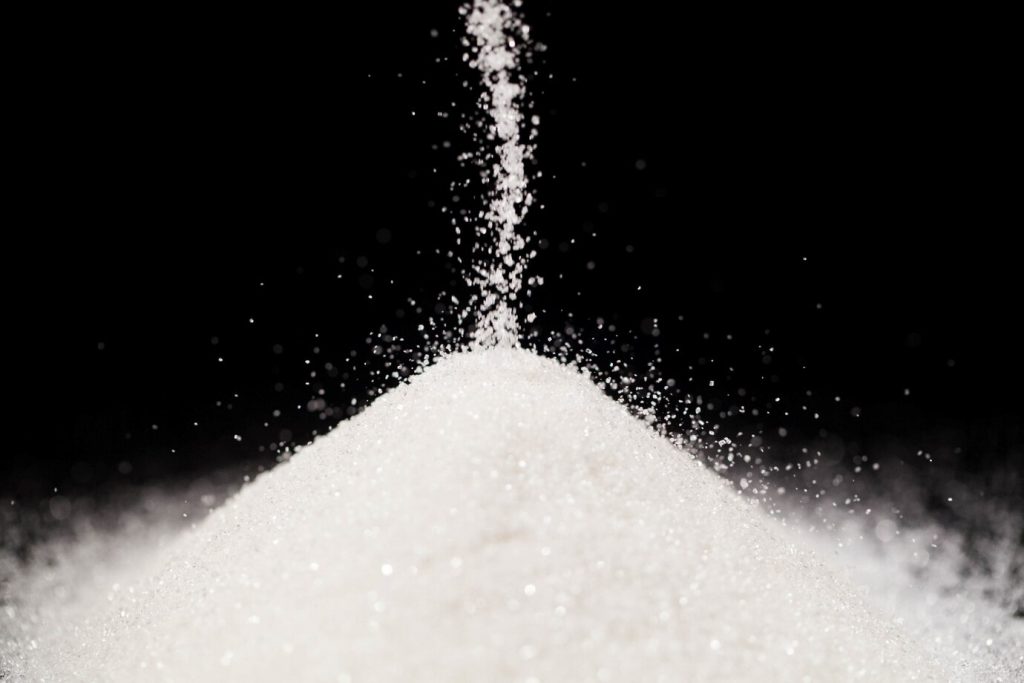I talk a lot about how important salt is for our health—it helps balance electrolytes, regulate blood pressure, and, for me personally, has been a game changer for sleep and energy. But there’s something lurking in many salts that most people don’t know about: microplastics.
The Problem With Microplastics in Salt
I add salt to most of my water (just my personal choice, not a recommendation), so when I first heard reports about microplastics in salt, I had to dig deeper. Turns out, studies have found that over 90% of sea salt samples contain microplastics. Since most sea salt comes from evaporated ocean water, it makes sense—our oceans are full of plastic pollution, and that plastic is making its way into our food.
Microplastics are tiny plastic particles, often smaller than a sesame seed, that come from things like broken-down plastic bags, water bottles, and even synthetic fabrics. They’re showing up not just in salt, but in fish, honey, and even drinking water. While scientists are still studying how they affect human health, we do know they can carry harmful chemicals, disrupt hormones, and even accumulate in our bodies over time.
How to Avoid Microplastics in Your Salt
The good news? Avoiding microplastics in salt is actually pretty easy. Here’s how:
-
Choose unrefined salt. Himalayan pink salt, Celtic sea salt, and Redmond Real Salt come from ancient deposits, meaning they’re much less likely to contain microplastics than modern sea salt.
-
Look for salt from clean sources. Not all sea salt is polluted! Some brands harvest from cleaner waters, so check where your salt comes from.
-
Buy from brands that test for microplastics. Some companies are now testing their salt and ensuring it’s plastic-free.
-
Skip highly processed table salt. Regular table salt is more likely to contain microplastics and is stripped of beneficial minerals anyway.
The Salts I Use
I’ve tested a few different salts and have been alternating between these lately:
-
Plastic-Free Spring Salt
-
Mayi Natural Spring Salt
-
Maldon Sea Salt Flakes
At the end of the day, being afraid of what we eat can be just as harmful as the things we’re trying to avoid. This isn’t about fear—it’s about making simple, better choices.
Final Thoughts
Plastic pollution is everywhere, but we don’t have to let it take over our food. By choosing high-quality salt from clean sources, we can still enjoy all the benefits without the plastic. A little awareness goes a long way, and with so many great options out there, it’s an easy switch to make!

